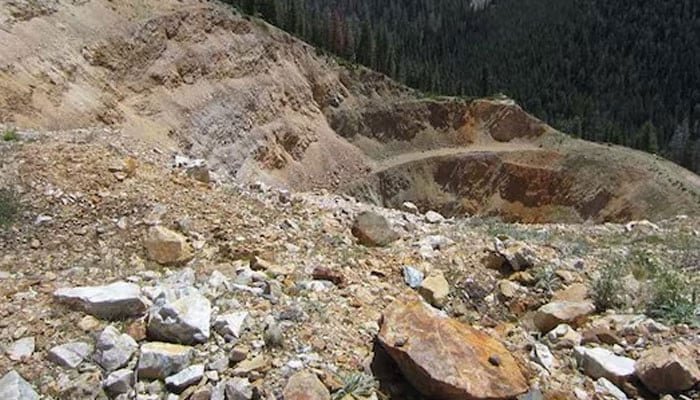Antimony is the new gold. The US Department of Defense (DoD) classifies antimony (Sb) as ‘war-critical’. The US Geological Survey (USGS) lists it as a ‘critical defence mineral’. America imports 100 per cent of its supply. The Defense Logistics Agency (DLA) is actively stockpiling antimony. Without antimony, modern ammunition, sensors and flame-resistant systems would falter.
Lockheed Martin – builder of fighter jets, missiles and armoured systems – needs antimony. So do Raytheon Technologies, Clarios, EnerSys, Olin, Teledyne, L3Harris and Aviant. From munitions to electronics, America’s defence-industrial base runs on this metal. Together, these industries consume roughly 25,000 tons of antimony a year, while the US stockpile holds barely 1,100 tons.
Antimony powers night-vision goggles, lead-acid batteries for military vehicles, flame-retardant uniforms, infrared sensors for missiles and armour-piercing ammunition. And yet, America imports 100 per cent of its supply. Antimony prices are up 200 per cent.
Pakistan sits on proven reserves – over 100,000 tons in Balochistan and Khyber Pakhtunkhwa alone. Balochistan and Chitral hold Pakistan’s most promising antimony potential. Shekran in Jhalawan hosts one of the country’s larger stibnite occurrences. In 2025, authorities announced the discovery of a “significant” antimony reserve in Balochistan, with OGDCL and PMDC directed to form a joint venture for exploration and commercialisation. Further north, in Chitral’s Lutkho Valley, antimony mining has continued since 1939. U.S. Geological Survey maps document vein-type stibnite along fault zones there, while laboratory tests have produced concentrates containing about 62 per cent antimony with recovery rates approaching 95 per cent.
The global antimony market stands at roughly 130,000 tons a year, with a current supply gap of nearly 40,000 tons. In the near term, Pakistan could earn about $200 million annually by exporting 3,000 tons of antimony. Scaled up and processed domestically, annual export revenues could exceed $1 billion – positioning Pakistan as a key supplier in a strategically undersupplied global market.
Pakistan must establish the Pakistan Antimony Task Force (PATF). In the next 15 days, PATF must align the spec sheet to US buyers. In the next 30 days, the PATF must open channels with DLA Strategic Materials and US ammo plants on qualification pathways. In the next 90 days, the PATF must ship trial lots to a US toll-processor. The PATF must pursue multi-year framework offtakes.
Over the next six months, the PATF must deliver three outcomes: establish a modular refining line, co-locate a metrology lab to certify assay and particle size to buyer specifications, and finance the plant through credit lines from EXIM and DFC-style facilities.
Beyond the United States, Japan, South Korea, Germany, France and the United Kingdom rank among the world’s largest importers of antimony. Their industries use it in semiconductors, flame-retardant systems, night-vision optics, battery alloys and microelectronics. These advanced economies are actively seeking diversified and secure sources, creating a strategic opening for Pakistan to enter the supply chain.
Yes, Pakistan now sits on a metal the Pentagon deems indispensable. The window to turn our rocks into cash flow is open – but not for long.
The writer is a columnist based in Islamabad. He tweets/posts @saleemfarrukh and can be reached at: farrukh15@hotmail.com


